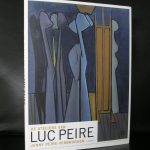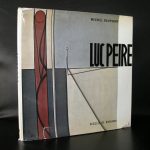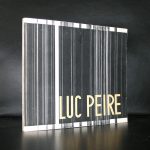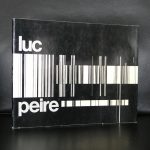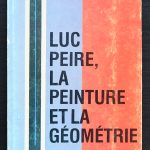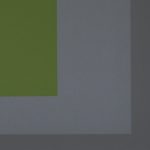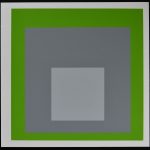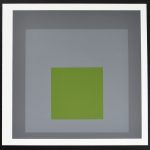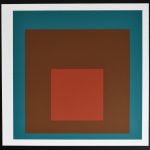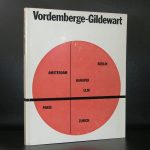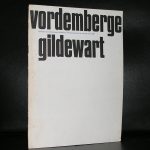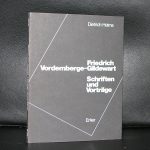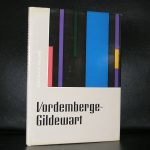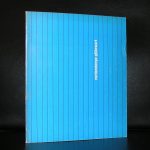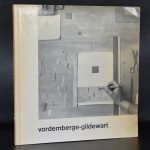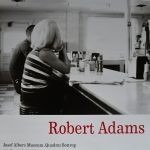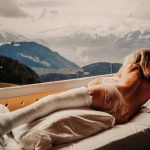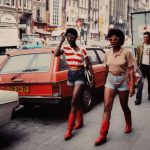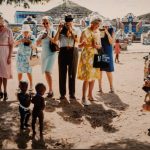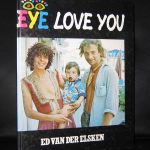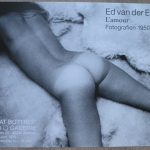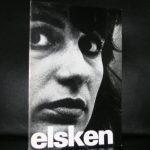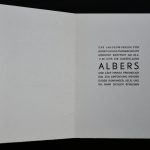
I never had seen his photographs. The first time was when i encountered work by Brohm at the Josef Albers Museum in Bottrop ( poster available at www,ftn-books.com). I was impressed mand saw similarities with dutch 17th century painter Hendrik Avercamp.
Joachim Brohm was one of the first photographers in Germany to take pictures exclusively in color starting in the late 1970s. “Color lent my pictures credibility in the documentary sense,” he explains, defining at the same time his artistic credo. His approach went against the trend at the time in that it did not exhaust all of the possibilities of color photography: Joachim Brohm challenged omnipresent advertising aesthetics with his photographic naturalism, staged productions with documentation, picture effects with austerity, vibrant, high-contrast colors with his muted tones. As a student, he met with incomprehension from his professors, but photographic role models such as Stephen Shore and Lewis Baltz, who would go on to enjoy world fame, encouraged him to continue on his chosen path. “The Americans presented seemingly trivial scenes, content and context appeared to be missing – many people were unable to make any sense of it.”

Joachim Brohm brought this approach to a higher level: He combined mostly deserted landscape scenes with his interest in social interaction, turning his photographs into small-scale studies of society. They show how people change the landscape – and how the landscape changes people. He took his photographs of the Ruhr region at a time when theme parks and artificial lakes were being built to help cast off the image of a desolate mining region. Joachim Brohm shows this transition from work to leisure which accompanies the transformation from rural to urban from the perspective of a neutral observer. He sends the viewer on a mystery tour: “I wanted to show people in an environment undergoing change: What do they look like, what are they doing, what activities stand out?”
Joachim Brohm reveals structures in the landscape that would otherwise remain hidden. The camera’s elevated position, which is characteristic of many of his photographs, reinforces the impression of photographic surveillance which he himself describes as “all over”. The absence of a clear focus, and a depth of field that covers the entire image, mean that the individual scenes merge to form a situational snapshot. “The whole picture is the motif – the viewer can choose his or her focal point.” In this way, Joachim Brohm draws our attention to the big picture – with an excellent eye for detail.












